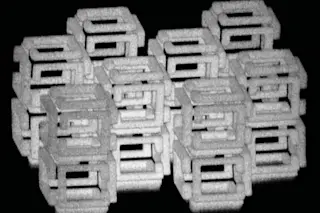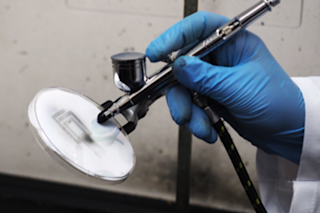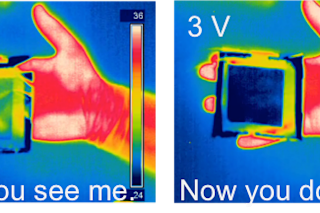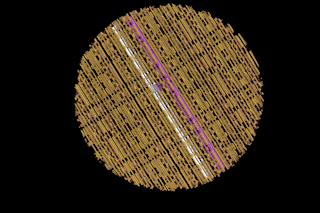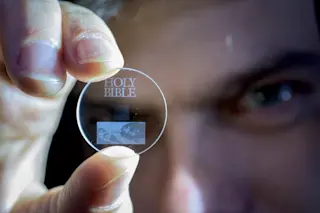Imagine a battery as flexible as paper—because it is made of paper. In August, a team at Rensselaer Polytechnic Institute in New York unveiled a small sheet of black paper that can store and discharge electricity. In addition to being light and flexible, it can extract electrical energy from human blood and sweat, making the device potentially usable as a power source for tiny medical devices inside the human body.
The RPI team made the paper battery by first growing an array of carbon nanotubes on a silicon surface and then covering the array in dissolved cellulose (the main constituent of paper). The cellulose forms a flexible sheet studded with embedded nanotubes that can be peeled away from the substrate. The nanotubes make the sheet as black as coal, but only a small quantity is needed. “Ninety percent of the device is still normal paper you buy at the store,” ...



